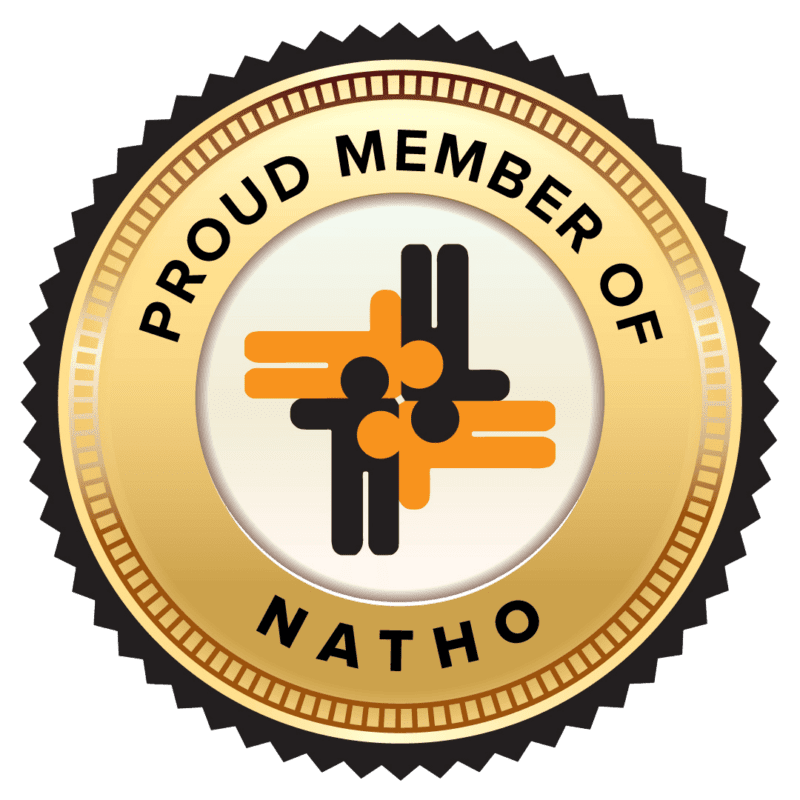Part Three of a Three Part Series
Our previous blog posts covered new software system pre-implementation steps and avoiding the “productivity dip” that implementation can cause. Now that your system is up and running, let’s cover ways to maximize the return on your investment in it.
These tips can help continue to drive your team’s adoption of the new system, support users as they learn about it, and gain full utilization of its benefits.
Build Support Infrastructure
Put infrastructure in place to efficiently handle end-user questions and feedback about the new software system. This includes providing trained Tier 1 support, a change-management process, and a team to analyze and solve user adoption roadblocks. Earmarking resources and processes to fine-tune the system’s data and its configuration will also help mitigate impacts on productivity.
Proactively Plan Post-Implementation Refresher Training
This can include scheduled communications, short training videos (check out our blog post on Transforming your Training Videos), lunch and learns, and other strategies to refresh users and keep them excited.
- Consider “Gamifying” – A game like Bingo that’s created around the new software can be a fun way to promote system adoption, encourage users to follow best practices when using the system, and incentivize productive activities.
- Spotlight System Functionality That Resonates With Users – It generates excitement about the system and gives you an opportunity to recognize users who are succeeding with it.
Maximize the Effectiveness of Your Technology Stack
- Leverage Third-Party Products – Implementing a new software system isn’t the end of a journey. It’s one step in an ongoing process of optimizing your operation—which should include integrating third-party solutions to improve efficiency and address potential product gaps.
- Address Phase II or Backlog Items – After your new system’s implementation, re-examine any items that weren’t included due to time or budget constraints. If any of these items will still drive value, put them on your roadmap for continuous internal improvement. Successful organizations set these roadmaps to ensure the software system and its processes continue evolving. What’s on your roadmap can influence where you invest time and money; that roadmap can include product enhancements, marketplace partners, and custom solutions.
Keep Planning for Success
Thanks for reading our “Prudent Planning for Software Success” series. We hope it’s a part of many ongoing strategies that help drive your operation forward!
Joe Calzone is the Vice President of Newbury Partner’s Front Office team. His team helps staffing companies of all sizes in their front office ATS configuration, driving and implementing automations, all while instilling best practices with their process configuration expertise.
Sean Beatty is the Vice President of Newbury Partners’ Middle Office team. Sean and his team provide advisement and implementation services to the Staffing Industry in the areas of contract administration, drug and background program management, time capture, payroll and billing. He and his team also specialize in Continuous Improvement utilizing the Lean Six Sigma methodology to help you operationalize and drive efficiencies for your finance teams.
Email Joe (joe.calzone@newburypartners.com) or Sean (Sean.Beatty@newburypartners.com) to learn more about how their teams can help your organization with best practice processes and efficiencies to positively impact and help streamline your business.
To receive future blog posts and content, follow us on LinkedIn.





